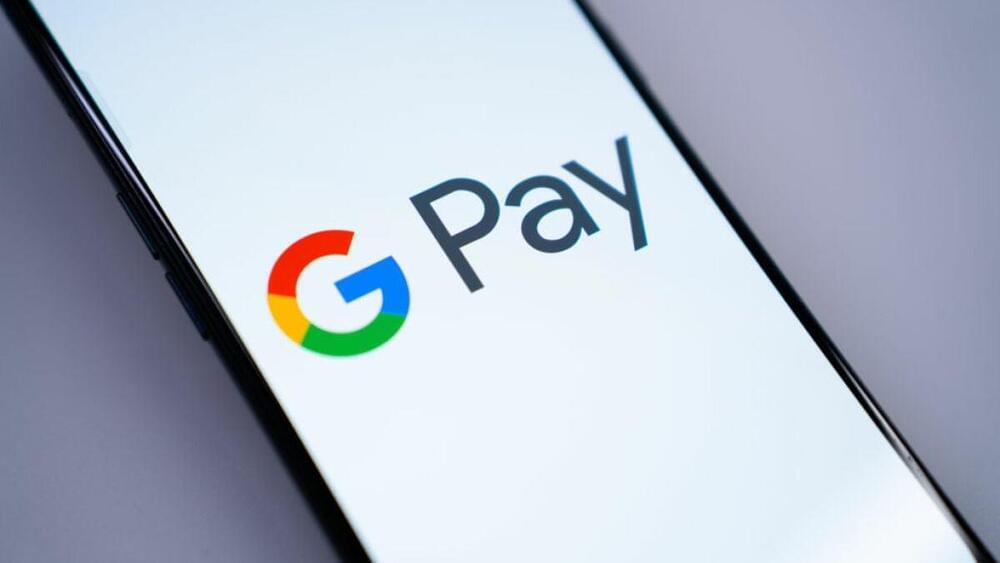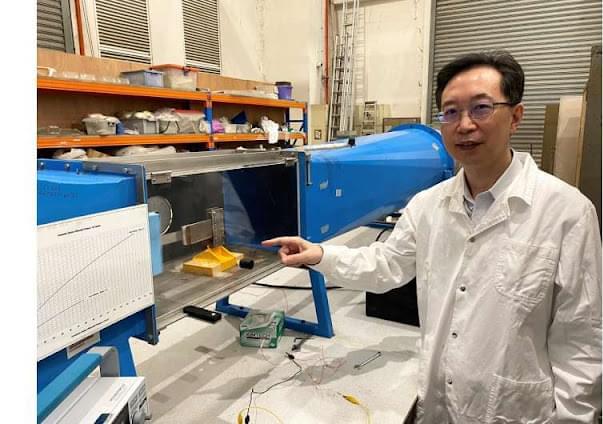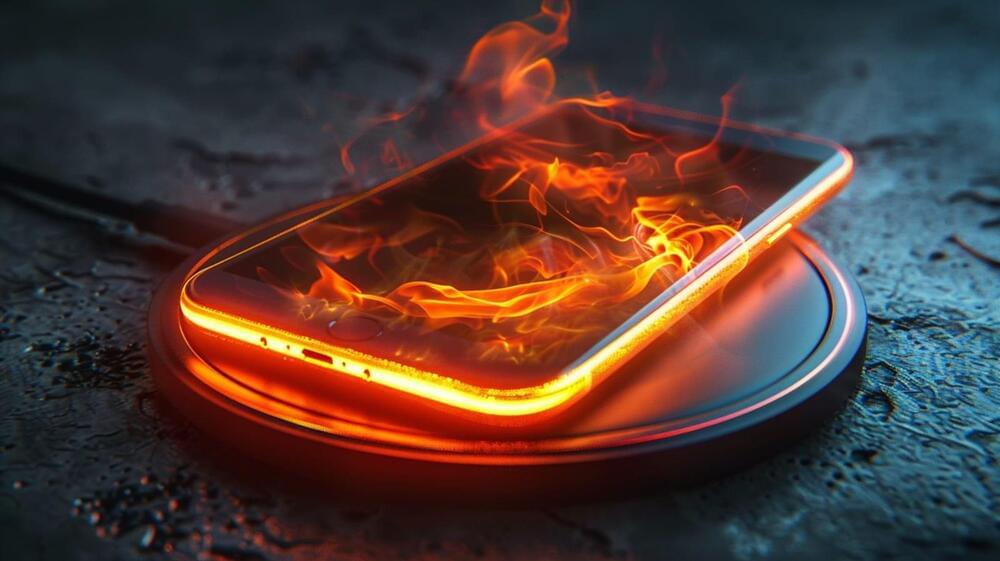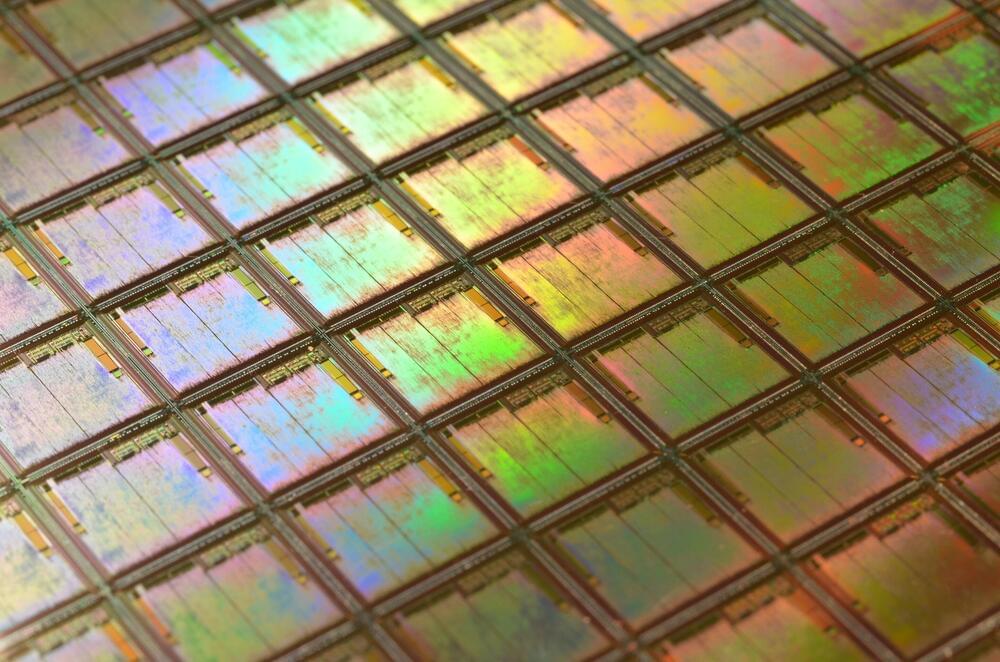Feb 25, 2024
Newly-Found Cyberattack Can Set Your Smartphone on Fire: Here’s How
Posted by Genevieve Klien in categories: cybercrime/malcode, mobile phones
Security experts at the University of Florida, in collaboration with CertiK, a security audit company, have uncovered a potential cybersecurity threat that could result in smartphones catching fire when placed on wireless chargers.
According to TechXplore, this discovery highlights vulnerabilities in the Qi communication-based feedback control system used in inductive chargers, which wirelessly transfer energy to devices through electromagnetic fields.


















